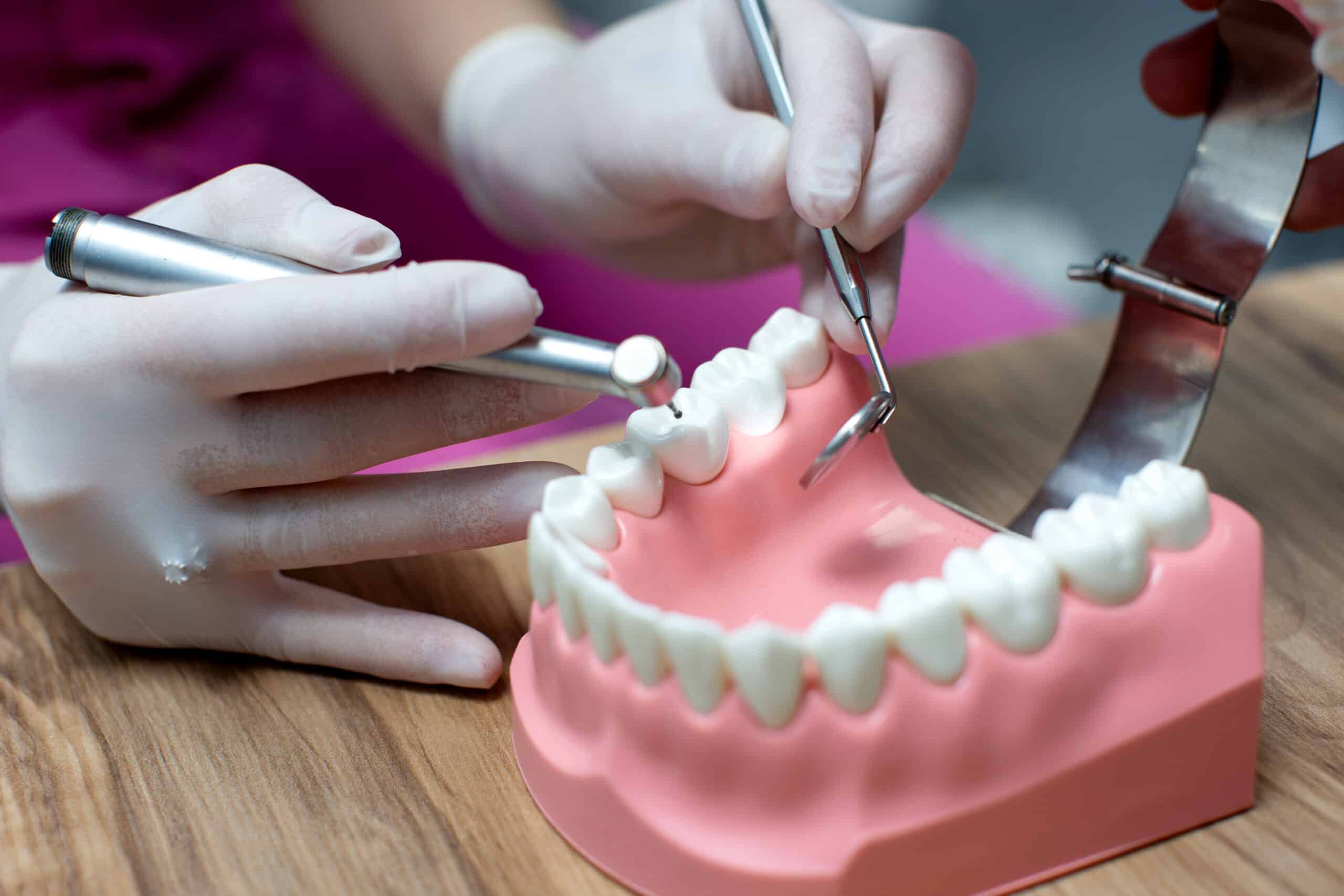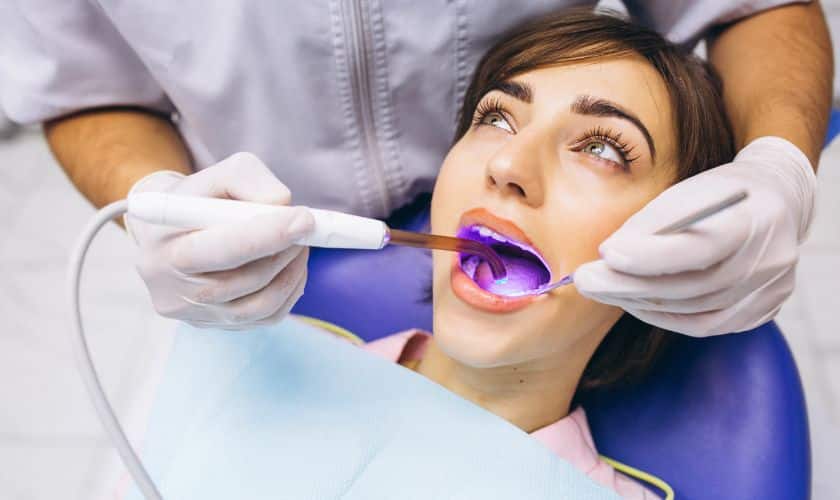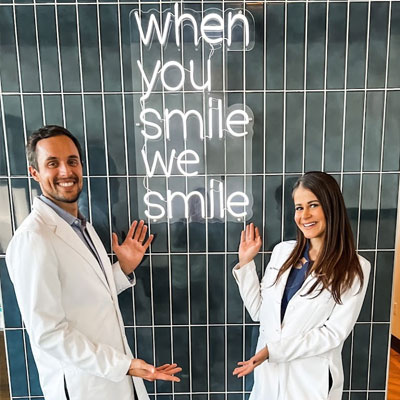
A healthy, functional smile is often taken for granted until it’s compromised by cavities or injury. Then, things can get complicated and require restorative dentistry to restore your teeth back to their full form and function. But what is restorative dentistry and why is it important? Here, we’ll explore the basics of restorative dentistry, the benefits of this type of dental care, and what to expect should you require a restoration.
Restorative dentistry is a specialized area of care that focuses on repairing the damage done to teeth due to decay or injury. This can include everything from cavities to fractured teeth, and more. The goal of restorative dentistry is to repair existing damage, prevent future damage from occurring, and ultimately restore the patient’s mouth back to its full form and function.
Benefits of Restorative Dentistry
The benefits of restorative dentistry are varied and numerous. Not only can restorative dentistry repair damaged or decayed teeth, but it can also improve the look of a patient’s smile and help to prevent further damage from occurring.
Properly Fitting Restorations
One of the key benefits of restorative dentistry is that the dentist will be able to provide the patient with properly fitting restorations. This means that the restoration will fit comfortably into the mouth and not cause any discomfort or irritation to the patient.
Improved Functionality
Another benefit of restorative dentistry is improved functionality. Properly fitted restorations can help to restore normal function, allowing a patient to speak and chew properly without any pain or discomfort.
Improved Aesthetics
Finally, restorative dentistry can also help to improve the look of a patient’s smile. By restoring decayed or damaged teeth, the patient will have an improved aesthetic appearance as well.
Options for Restorations
Depending on the type of restorative dentistry needed, there are several different options available. These options can include but are not limited to:
Fillings
The most common type of restoration is filling. Fillings are used to restore small cavities and help to prevent further decay from occurring. They come in a variety of materials that can be matched to the color of your existing teeth.
Crowns
Crowns are another common restoration and are typically used to repair larger cavities or severely broken or cracked teeth. Crowns can be made out of a variety of materials such as porcelain, gold, or composite resin and are designed to fit over the existing tooth structure.
Bridges
Bridges are used to replace missing teeth and can be made out of a variety of materials such as composite resin or porcelain. Bridges are held in place with the use of dental crowns, which help to fill in any gaps caused by missing teeth.
Dentures
Dentures are another common restoration and can be used to replace multiple missing teeth. They are generally made out of acrylic resin or porcelain and are designed to fit comfortably in the patient’s mouth.
Conclusion
Restorative dentistry is a specialized field of care that focuses on repairing decayed or damaged teeth. The benefits of this type of dental care are numerous, including properly fitting restorations, improved functionality, and improved aesthetics. There are also several different types of restorations available, such as fillings, crowns, bridges, and dentures.
Your dentist will be able to evaluate your mouth and determine whether or not restoration is needed.
The type of material used for restoration depends on the type of restoration needed. Fillings can be made out of composite resin, porcelain, gold, or amalgam. Crowns and bridges can be made out of metal, composite resin, or porcelain. Dentures are generally made out of acrylic resin or porcelain.
The lifespan of restoration depends on the type and material used. Fillings typically last around 10 years while crowns can last up to 15 years. Bridges and dentures usually need to be replaced every 5-10 years.











